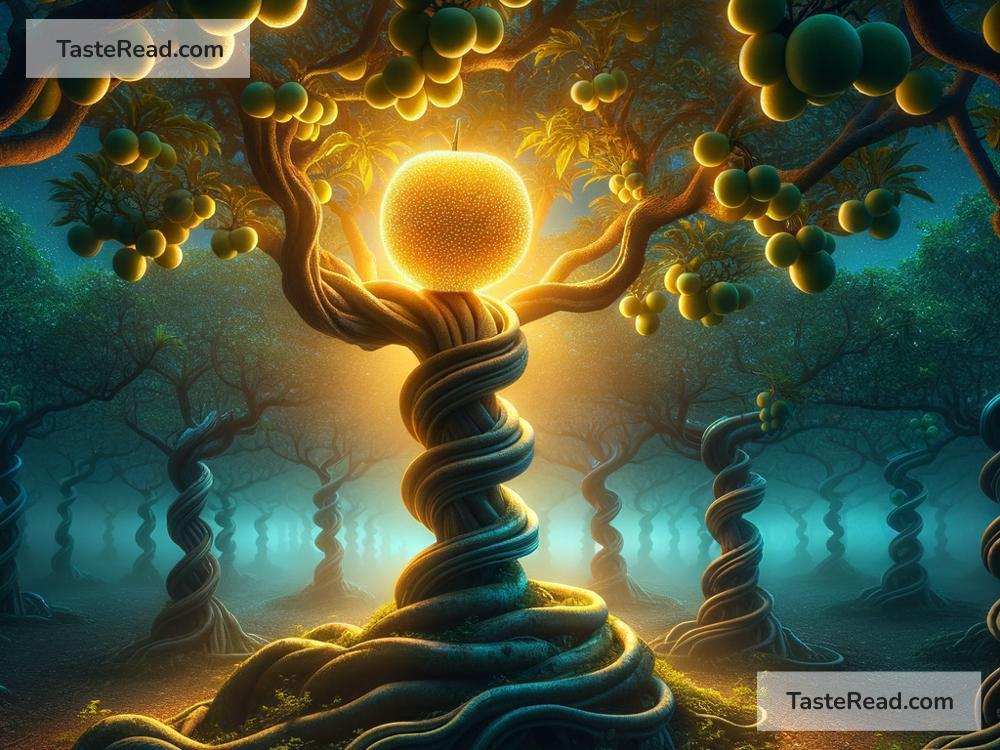Legend of the Forbidden Fruit: A Tale of Curiosity and Consequences
The story of the forbidden fruit is one of the oldest legends in human history. It appears in many cultures and religions, but the most well-known version comes from the Bible’s Book of Genesis in the Old Testament. This ancient tale is not just about a piece of fruit—it’s a story about curiosity, temptation, and the consequences of defying rules.
No matter how far back you go, humans have always been curious. We want to explore, understand, and sometimes test the limits of what we’re allowed to do. The legend of the forbidden fruit dives deep into this very human trait, and though it’s simple, its message still resonates thousands of years later.
The Beginning: The Garden of Eden
The story starts in the Garden of Eden, a paradise created by God for the first humans, Adam and Eve. This garden was a true utopia—a place of peace, abundance, and happiness. Adam and Eve had everything they could ever wish for. They were surrounded by beautiful nature, plenty of food, and animals they lived alongside in perfect harmony.
In the middle of this paradise stood two special trees: the Tree of Life and the Tree of the Knowledge of Good and Evil. God told Adam and Eve they could eat fruit from any tree in the garden—except for the fruit from the Tree of the Knowledge of Good and Evil. He warned them that if they ate from that tree, they would surely die. It was a simple, clear rule.
Temptation: Enter the Serpent
For a while, Adam and Eve followed the rule. Life was perfect, and they didn’t need to question God’s command. However, things took a turn when a cunning serpent entered the picture. The serpent was clever and knew how to stir up doubt in Eve’s mind.
The serpent approached Eve and asked her about the forbidden tree. Eve explained God’s rule, but the serpent challenged it. He didn’t outright tell her to disobey—it was subtler than that. The serpent told Eve that God didn’t want them to eat from the tree because it would make them like Him. He claimed that the fruit wouldn’t kill her, but instead open her eyes and give her knowledge of good and evil.
Eve was intrigued. The serpent’s words planted a seed of curiosity and desire in her heart. Why did God forbid them from eating the fruit? What could this knowledge give her? The serpent made her wonder if there was something special or powerful about the forbidden fruit.
The Fall: Eating the Forbidden Fruit
Eventually, Eve couldn’t resist the temptation. She picked the fruit from the forbidden tree and ate it. She also gave some to Adam, who ate it too. The moment they ate the fruit, everything changed.
Adam and Eve suddenly felt shame. They realized they were naked and covered themselves with leaves. They felt fear and guilt, emotions they had never experienced before. The forbidden fruit had opened their eyes, just as the serpent said—but it also caused them to lose the innocence they once had.
When God came to the garden, He asked Adam and Eve what had happened. They admitted to eating the forbidden fruit, but they also tried to shift the blame. Adam blamed Eve, and Eve blamed the serpent. Ultimately, God punished them for their disobedience.
The Consequences
The consequences of eating the forbidden fruit were severe. Adam and Eve were banished from the Garden of Eden, losing their paradise forever. Life outside the garden was much harder—they had to work, face pain, and endure struggles. They were no longer immortal and would eventually die.
The serpent was punished as well. God cursed it, saying it would crawl on its belly forever and have conflict with humans. From that moment on, the relationship between humans and the natural world became more fractured.
Despite the punishment, the forbidden fruit also gave Adam and Eve something valuable: knowledge. They now understood good and evil, and they had free will to make their own choices—even if those choices came with consequences.
Lessons from the Legend
The legend of the forbidden fruit teaches us many lessons. First, it reminds us about the dangers of temptation. Sometimes, doing something forbidden seems exciting or rewarding, but it can lead to trouble. The story also highlights the value of rules and boundaries. Rules aren’t always there to restrict us—they can protect us from harm.
Another important takeaway is about curiosity. Adam and Eve’s desire to eat the forbidden fruit came from their curiosity to know more. Curiosity can be good because it helps us learn and grow, but it’s important to consider the cost of our actions.
Finally, the story shows us that actions have consequences. Adam and Eve made a choice, and they had to live with its results. The same is true for all of us today—we are free to make decisions, but we must be ready to face the outcomes.
The Forbidden Fruit in Modern Life
Even today, the concept of the forbidden fruit remains relevant. It symbolizes everything we’re told not to do but often feel drawn toward. Whether it’s breaking a rule, chasing a risky idea, or giving in to temptation, the tale reminds us that we must handle such situations with responsibility and thoughtfulness.
The legend of the forbidden fruit is simple, yet incredibly profound. It’s a story that has been passed down for thousands of years, reminding people of the power of choices, the dangers of temptation, and the complex balance between knowledge and innocence.

